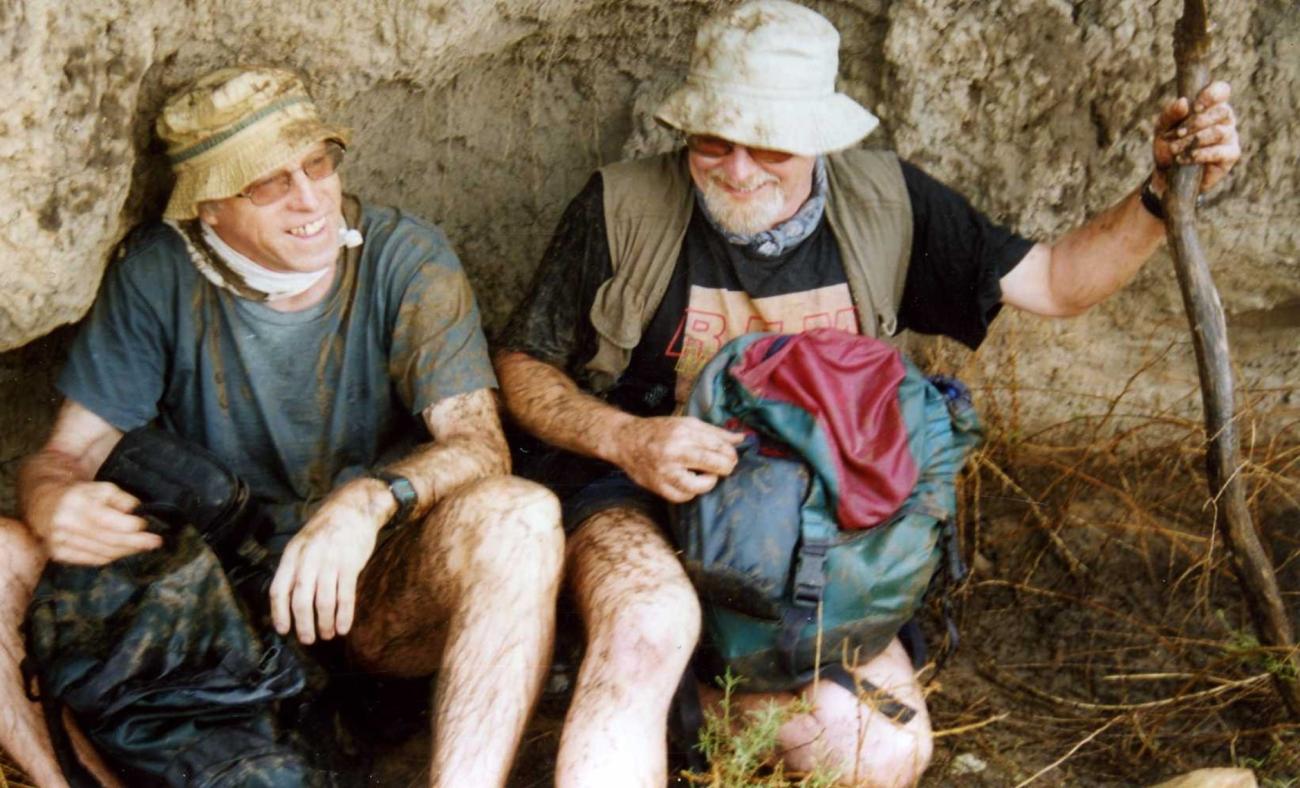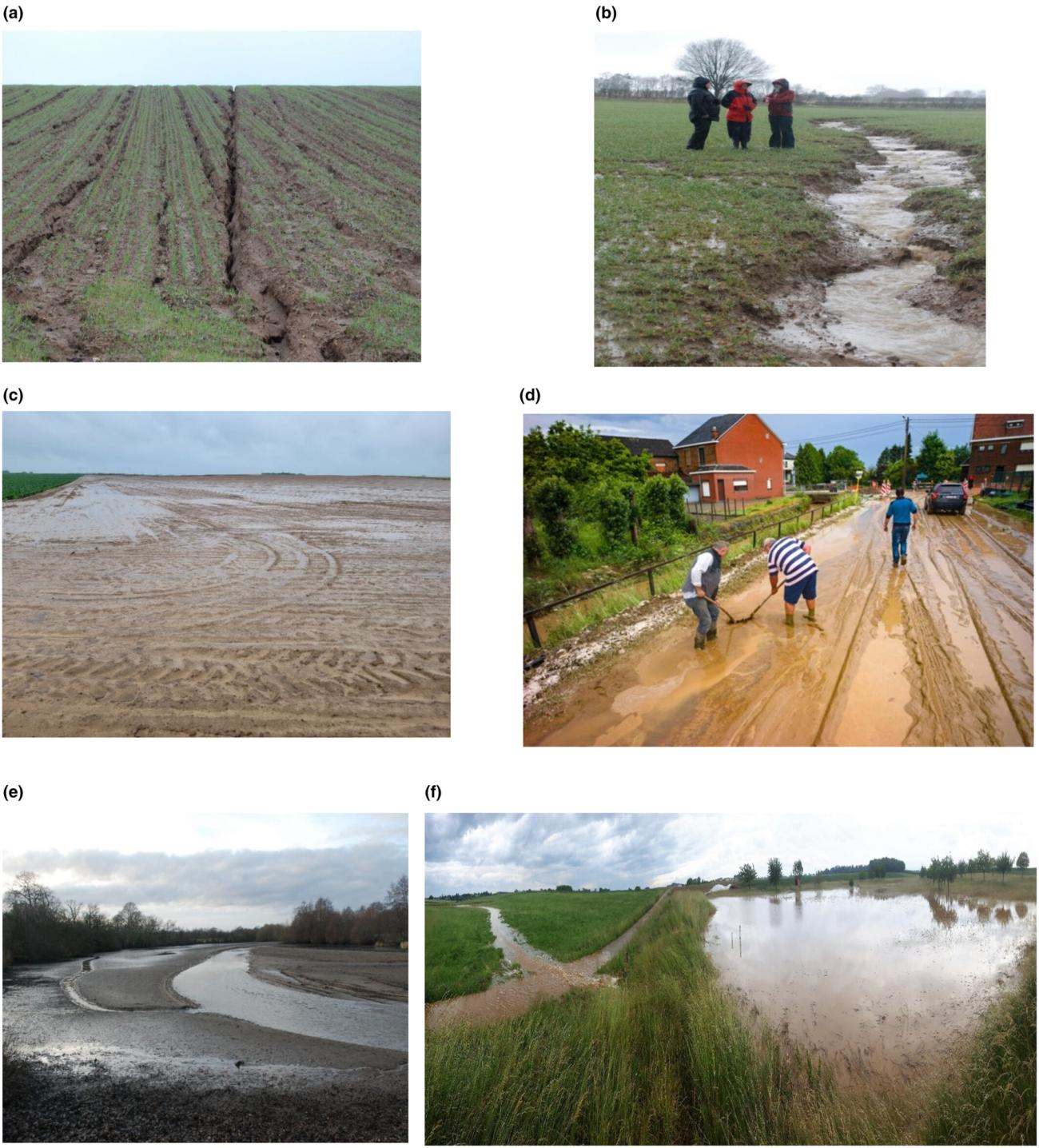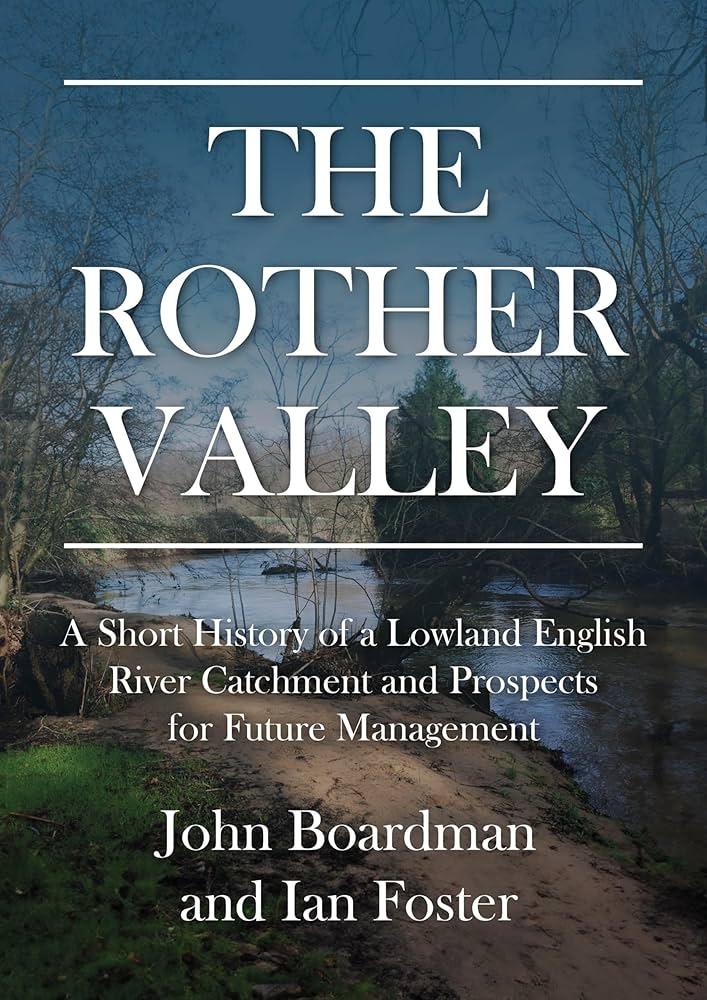In a 40-year career studying soil erosion and its consequences, very little progress has been made in prevention according to an ECI Professor in his latest book.
John Boardman, Emeritus Professor, has coauthored The Rother Valley, a short history of a lowland English river catchment and prospects for future management.
The book brings together a number of studies that have been carried out in the area including his own specialism of soil erosion.
Together with coauthor Prof Ian Foster he highlights the significance of this region, along the River Rother within the South Downs National Park, linking Hampshire to Sussex.
Prof Boardman said:
Not enough attention has been paid to soil erosion in the last 30 years. The focus has obviously been on climate, and climate is only one factor in soil erosion. We are farming and growing crops on vulnerable soils and vulnerable sites. We are massively neglecting soils and how they are managed.
Climate change is happening and is a serious issue, but we must look at other things too like biodiversity losses.”

Prof John Boardman and Prof Ian Foster conducting muddy fieldwork in South Africa
Why should we care about soil erosion
Prof Boardman says the main impact of soil erosion in Western Europe is when the soil goes off fields and into roads, houses and rivers which it then pollutes. This then increases the pesticides, phosphorus and nitrate in the water, affecting the ecology of rivers. Soil into the rivers affects the spawning of fish.
This becomes a self-perpetuating cycle as the soil erosion causes crop yields to decline over time and farmers then add more nitrates and phosphorus to artificially boost the soil to produce good crops.
Whilst damaging to the biodiversity it also means that water companies are spending vast amounts on cleaning water before it can be use as drinking water.
Prof Boardman added: “One cleaning station spends £130,000 a year to clean water and make it safe for drinking.”

(a) Rill erosion on winter wheat field, West Sussex, UK, 22/01/2014 (photo John Boardman). (b) Ephemeral gully in winter cereal field, West Sussex, UK, 05/02.2014 (photo John Boardman). (c) Excessive sheetflow or wash, Gingelom, Flanders, June 2022 (photo Karel Vandaele). (d) Diets-Heur (Tongeren), Flanders, muddy flooding, May 2018 (photo Karel Vandaele). (e) Lurgashall Mill Pond, West Sussex, UK, sedimentation over 400-year period (photo John Boardman). (f) Soil bund (in the middle) in Gingelom (Flanders) with retention zone (on the right). A reduced water flow is let through via a drain pipe in the soil bund (June 2022) (photo Karel Vandaele).
Prof Boardman does a lot of work in Belgium where they have made significant progress with soil erosion, providing a model the UK could refer to. He said: “They provide government advice to farmers and help them with financial incentives to encourage the farmers to make positive changes. It’s very cost beneficial and prevents a lot of damage and is much cheaper than cleaning the water.”
A recent paper: Soil erosion and runoff: The need to rethink mitigation strategies for sustainable agricultural landscapes in western Europe was coauthored with Dr Karel Vandaele, a Belgian soil erosion control officer, with whom Prof Boardman has worked on different projects over 20 years.
The chapter: Soil erosion and mitigation measures in the Rother Valley highlights the work of Prof Boardman alongside former ECI DPhil student and Honorary Research Associate at the ECI, David Favis-Mortlock, an environmental modeller at the British Geological Survey.
The authors say the valley of the western Rother has a special character based on its Cretaceous geology of sandstones and clays. These give rise to soils that are ideal for agriculture but are extremely erodible. Over the centuries the area has been exploited by humans and partially cleared of forest. In this book, the archaeological history of the Rother Valley is summarised, with particular emphasis on the evidence for Mesolithic, Bronze Age and Roman occupation.
The book doesn’t only consider soil erosion, other studies featured include the archaeology of the valley, the ecology, rewilding suggestions and plans for restoration of the flood plain.
John Boardman is a geomorphologist educated at the Universities of Keele (BA and DSc) and London (BSc, PhD, PGCE). John retired from the Environmental Change Institute (ECI) at the University of Oxford, in September 2008. He is now an Emeritus Professor at the ECI, and at the University of the Free State, South Africa. He has published over 190 papers mainly on land degradation and has edited several books including Soil Erosion in Europe (2006) and Southern African Landscapes and Environmental Change (2018). John continues to work on soil erosion in southern England.
Find out more about The Rother Valley: A Short History of a Lowland English River Catchment and Prospects for Future Management. The book is published by Windgather Press, Oxford and is available on Amazon.


